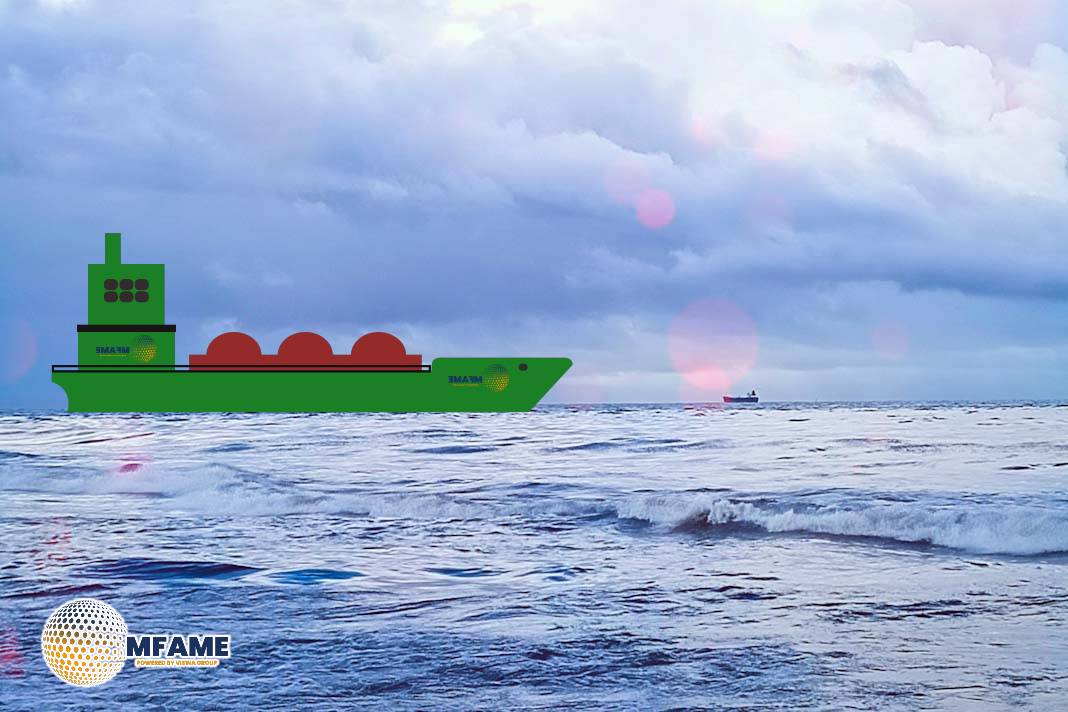 KCC is pleased to announce the return of MV Baffin, a CABU II vessel built in 2016, following a successful drydocking and energy efficiency retrofit. With this development, the entire CABU II fleet has now completed the planned retrofit program aimed at enhancing environmental performance and operational efficiency.
KCC is pleased to announce the return of MV Baffin, a CABU II vessel built in 2016, following a successful drydocking and energy efficiency retrofit. With this development, the entire CABU II fleet has now completed the planned retrofit program aimed at enhancing environmental performance and operational efficiency.
Energy Efficiency Technologies Implemented
The retrofit program introduced several advanced technologies across the fleet. The Silverstream® Air Lubrication System was installed to reduce friction by creating a layer of microbubbles along the flat bottom of the hull. This helps lower both fuel consumption and emissions. A shaft generator was added to allow the vessel to generate electricity from the main engine, thereby reducing the need for auxiliary engines and improving overall fuel efficiency.
The Becker Mewis Duct® was installed in front of the propeller to optimize water flow and enhance propulsion. In addition, a silicone-based anti-fouling hull coating was applied to prevent marine biofouling, reduce drag, and maintain consistent fuel performance without relying on harmful biocides.
Impact on Emissions Performance
These upgrades, combined with ongoing efforts to improve operational efficiency, have resulted in significant emission reductions. Between 2020 and 2022, the CABU II fleet averaged around 7.4 grams of CO₂ per ton-nautical mile (EEOI). By 2024, that figure had already decreased to below 5.80 grams, reflecting the effectiveness of the retrofit program.
The completion of the CABU II fleet retrofit marks a major achievement in KCC’s commitment to sustainability. It reinforces the company’s dedication to delivering the most carbon-efficient deep-sea shipping solutions in the tanker and dry bulk segments. This milestone is part of a broader strategy to help clients decarbonize their logistics chains and to support the maritime industry’s transition to greener operations.
Did you subscribe to our daily Newsletter?
It’s Free. Click here to Subscribe!
Source: Klaveness Combination Carriers















